Tear Down and Interior
If you unscrew the carrier plate at the back, which carries all the connections and the power switch outwards and pulls them out together with the two boards for amplifier and power supply, then you get an insight into the inside of the box. We see that the mid-woofer (25 watts, 4 ohms) was plugged in from the front, i.e. outside and was also screwed there. This means that disassembly can only be done from the front after removing the grid. The high-frequency calotte (10 watts, 8 ohms) sits directly under the bass reflex tube, where the maximum depth of the box and part of the opening have been used. Cleverly solved, because the calotte is closed to the rear anyway.
Both boxes have a passive second-order 2-way crossover, resulting in a flank slope of 12 decibels per octave. This board is not a mass-produced product, but has been specially adapted for the box according to its own specifications in order to guarantee the ideal adaptation to the installed chassis and the body. This time, however, you don't rely on a tricky bending circuit, but on a normal LC filter. However, for the super high tone on the turnout, a little trick was applied. Parallel to the level adjustment resistance for the tweeter, a small capacitor has been installed, which has the very high frequencies (from approx. 11-12 KHz), with decreasing resistance at increasing frequencies. We will see that this works quite well.
Bluetooth A2DP is supported on the separate, plugged-in board for wireless digital signal transmission (from BT 2.1), an antenna to the front is soldered.
On the motherboard sits a native 24/96 KHz-capable D/A converter for the digital TOSLINK (optical) connector, which can process stereo signals up to 24 bit/96 kHz. That is quite sufficient in this case. The signal processing is largely analogy to the small power amplifiers sitting under the heat sink. As far as everything works quite well and relatively noise-free, the specified output power of 2x 18 watts RMS is also achieved and is not a shop window value.
The switching power supply is sufficiently sized, but also quite "hard". This protects the power amplifier from excessively high pulse loads (e.g. tips on the bass drum), but reduces the level strength at very high volume in the limit range. But for that it is small boxes, which you also have to see in relation to the price. In any case, the residual ripple is sufficient.
The interior insulation is good, the solder quality ok. Overall, the workmanship also makes a good impression here and the extensive use of hot glue certainly did not harm either. At least nothing vibrates and sizzles.
Wavemaster Cube Neo Mini bambus, Paar (66377)
 | sofort lieferbar | 146,00 €*Stand: 04.05.24 11:03 |
 | lagernd, 1-3 Werktage | 149,87 €*Stand: 04.05.24 10:37 |
 | Lager Lieferant: Sofort lieferbar, 1-3 Werktage | 149,99 €*Stand: 04.05.24 11:18 |
Wavemaster Cube Neo Mini schwarz, Paar (66375)
 | lagernd | 99,99 €*Stand: 04.05.24 11:20 |
 | Ware lagernd - versandfertig - Lieferzeit 1-3 Werktage | 127,89 €*Stand: 04.05.24 11:15 |
 | Lager Lieferant: Sofort lieferbar, 1-3 Werktage | 127,91 €*Stand: 04.05.24 11:18 |
Wavemaster Fusion grau
 | ab Lager | 279,00 €*Stand: 04.05.24 09:52 |















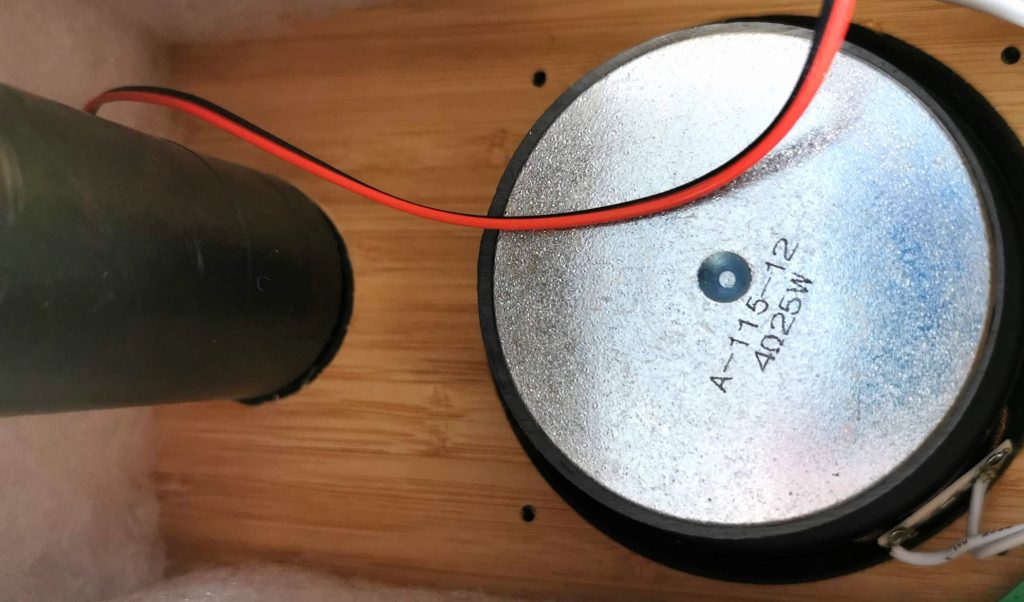
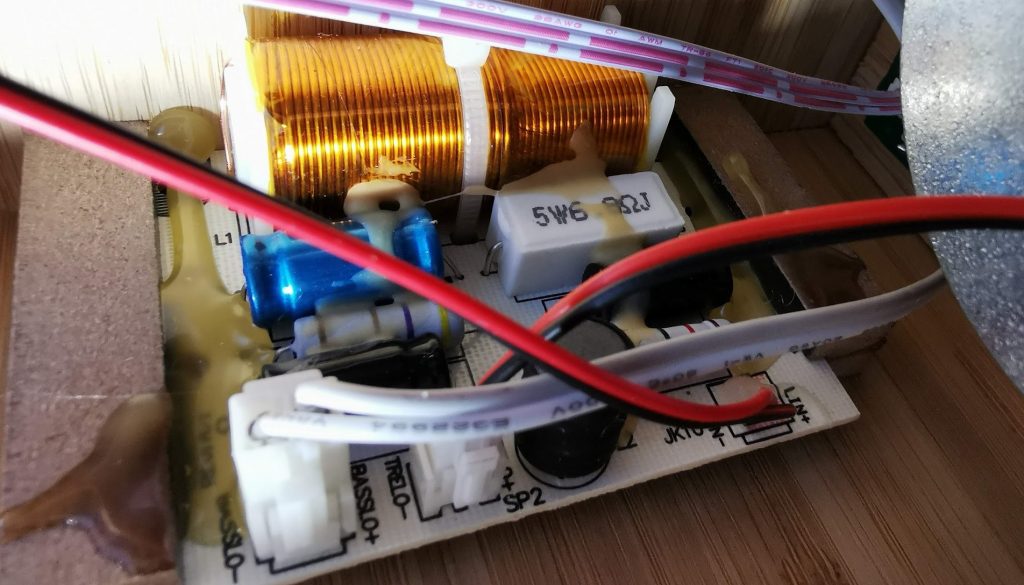
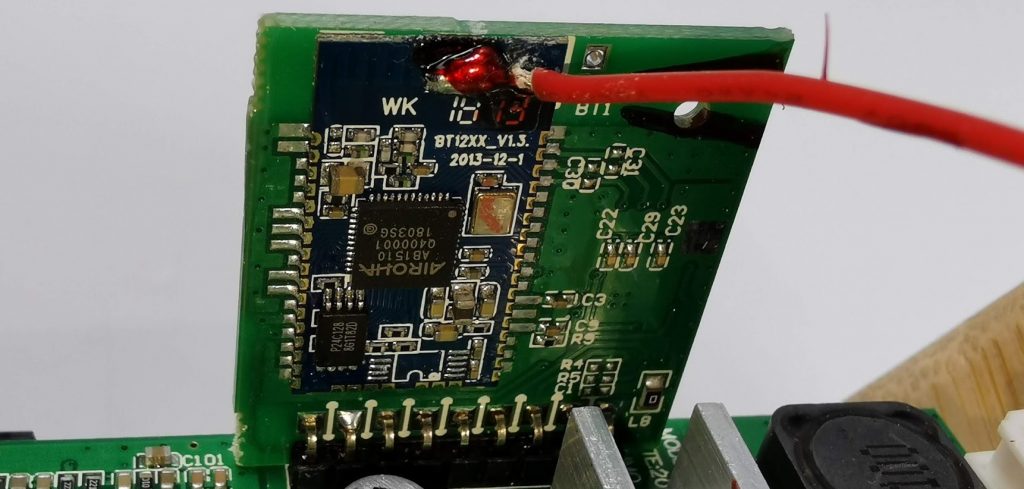

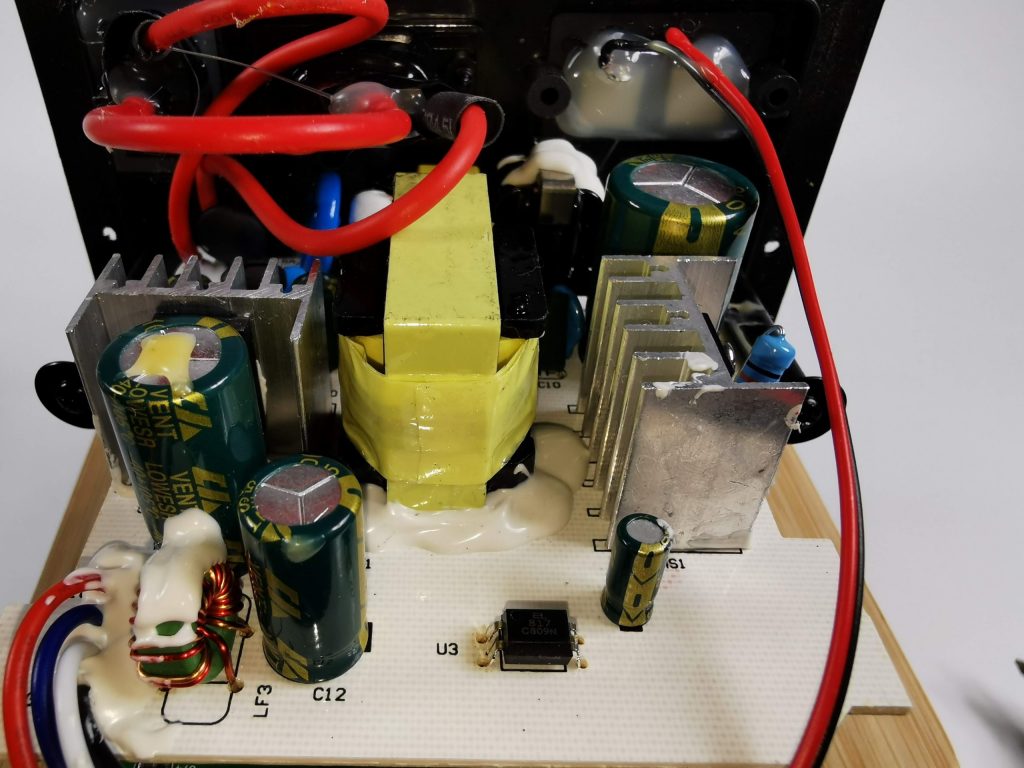


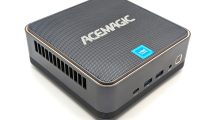
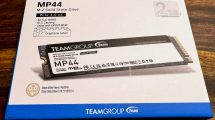




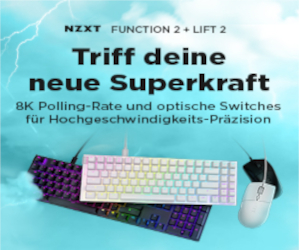
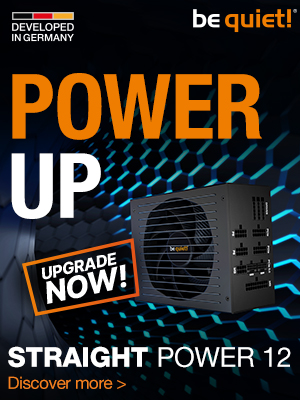





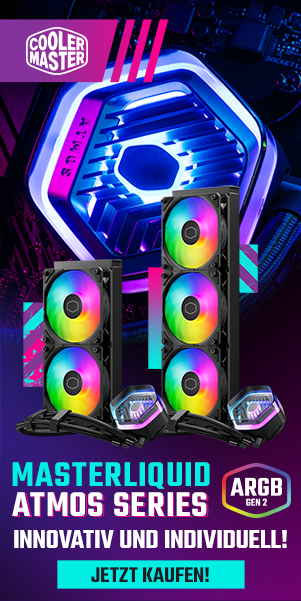


Kommentieren